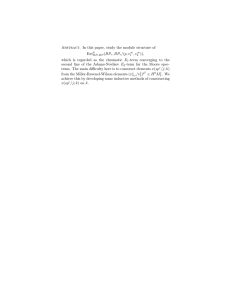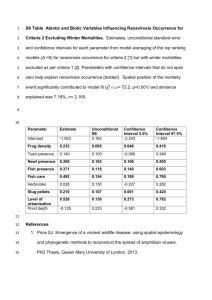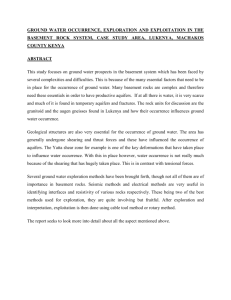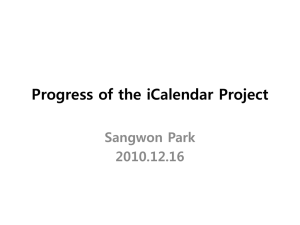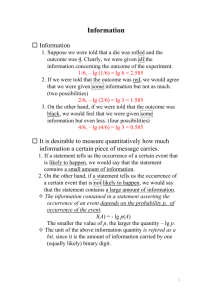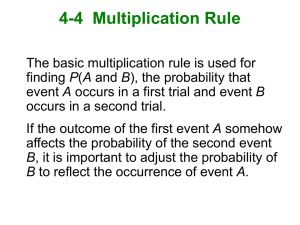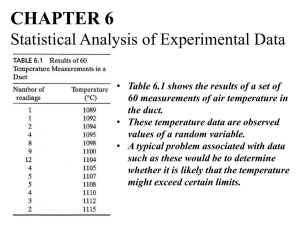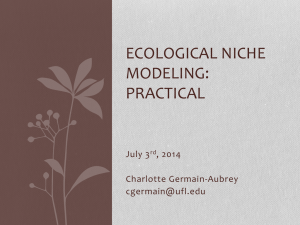Formal methods: lecture notes no
advertisement
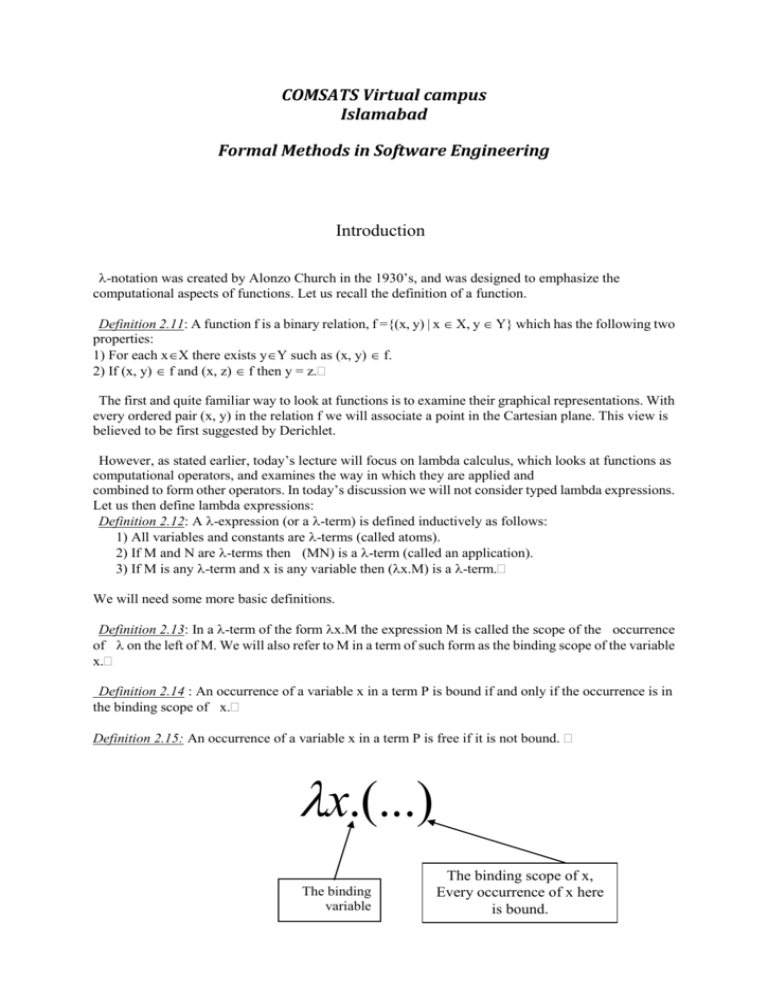
COMSATS Virtual campus
Islamabad
Formal Methods in Software Engineering
Introduction
-notation was created by Alonzo Church in the 1930’s, and was designed to emphasize the
computational aspects of functions. Let us recall the definition of a function.
Definition 2.11: A function f is a binary relation, f ={(x, y) | x X, y Y} which has the following two
properties:
1) For each xX there exists yY such as (x, y) f.
2) If (x, y) f and (x, z) f then y = z.
The first and quite familiar way to look at functions is to examine their graphical representations. With
every ordered pair (x, y) in the relation f we will associate a point in the Cartesian plane. This view is
believed to be first suggested by Derichlet.
However, as stated earlier, today’s lecture will focus on lambda calculus, which looks at functions as
computational operators, and examines the way in which they are applied and
combined to form other operators. In today’s discussion we will not consider typed lambda expressions.
Let us then define lambda expressions:
Definition 2.12: A -expression (or a -term) is defined inductively as follows:
1) All variables and constants are -terms (called atoms).
2) If M and N are -terms then (MN) is a -term (called an application).
3) If M is any -term and x is any variable then (x.M) is a -term.
We will need some more basic definitions.
Definition 2.13: In a -term of the form x.M the expression M is called the scope of the occurrence
of on the left of M. We will also refer to M in a term of such form as the binding scope of the variable
x.
Definition 2.14 : An occurrence of a variable x in a term P is bound if and only if the occurrence is in
the binding scope of x.
Definition 2.15: An occurrence of a variable x in a term P is free if it is not bound.
x.(...)
The binding
variable
The binding scope of x,
Every occurrence of x here
is bound.
Definition 2.16: For any -terms A, A`, B, u, v we will denote the result of substituting every free
occurrence of v in A by A` by the following expression:
A{v A`}
The precise definition is by induction on A, as follows
a )v{v A`} A`
b)u{v A`} u
For every atom u v.
c)( AB){v A`} ( A{v A`})( B{v A`})
d )v.B{v A`} v.B
e)(u. A){v A`} u.( A{v A`})
If u v and also u does not appear free in A` or v does not appear free in A.
f )(u. A){v A`} z.( A{v A`}{u z})
If u v and also u appears free in A` and v appears free in A. The variable z is chosen to be a variable
that does not appear free in both A and A`.
And finally, we will need to define axioms for -calculus.
Definition 2.17: The free axioms of non-typed -calculus for every A, B, x, y
a )x. A y. A{x y}
)(x. A[ x]) B A{x B}
Provided that y does not appear free in A.
Provided that x does not appear free in B.
)x.B( x) B
